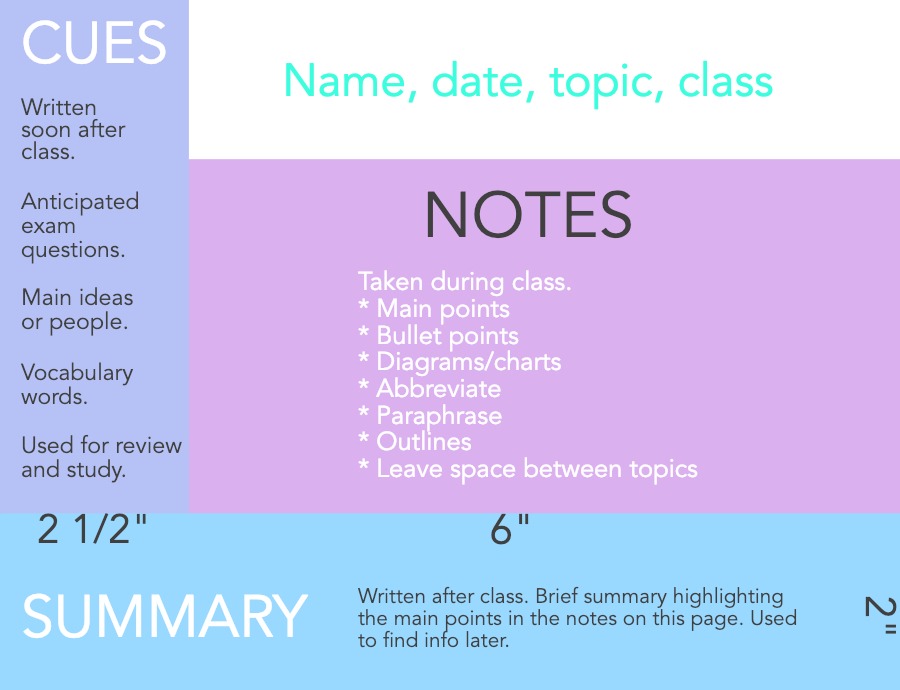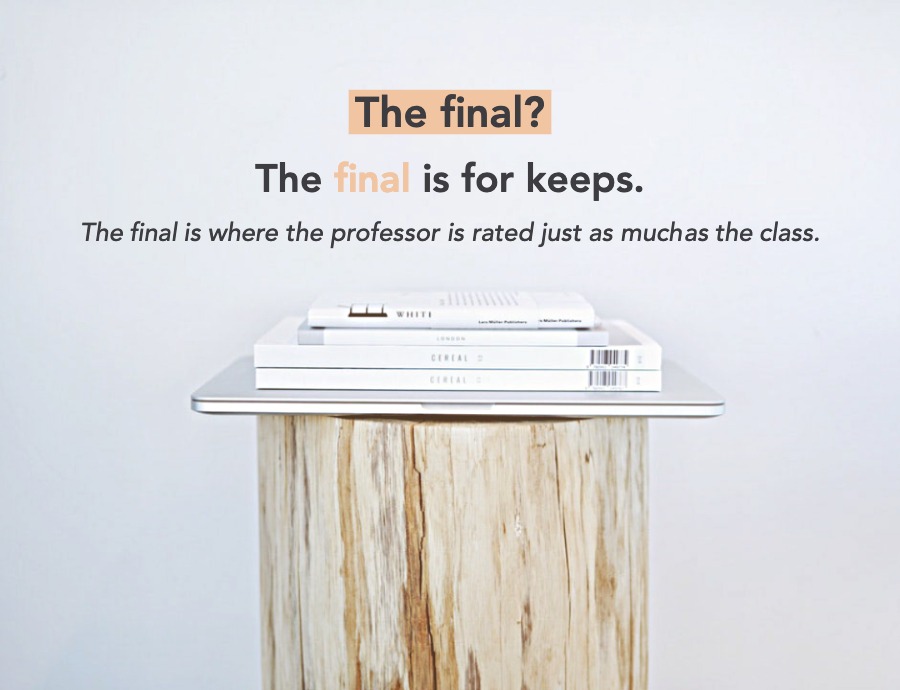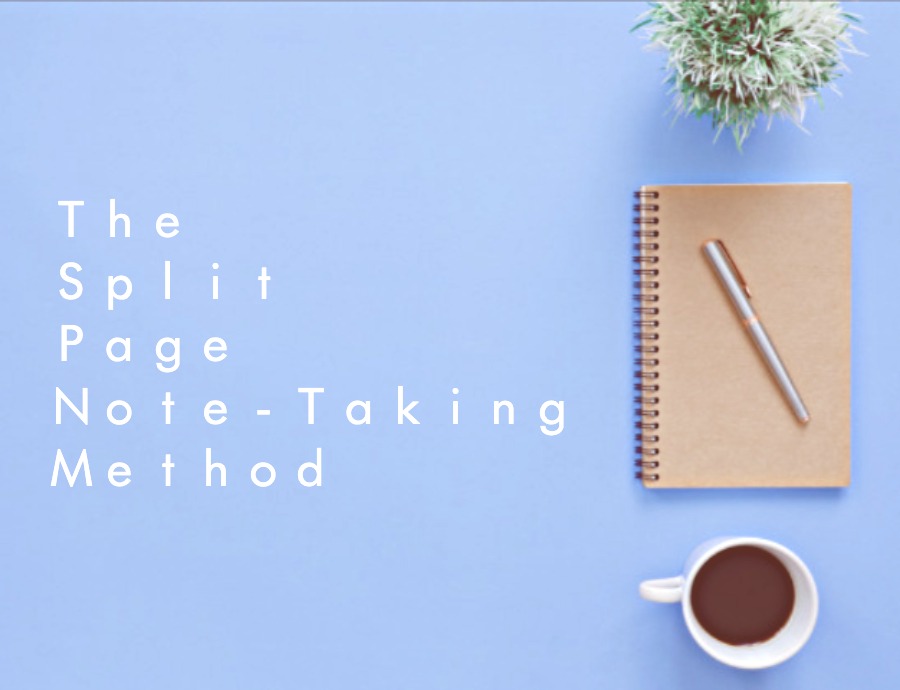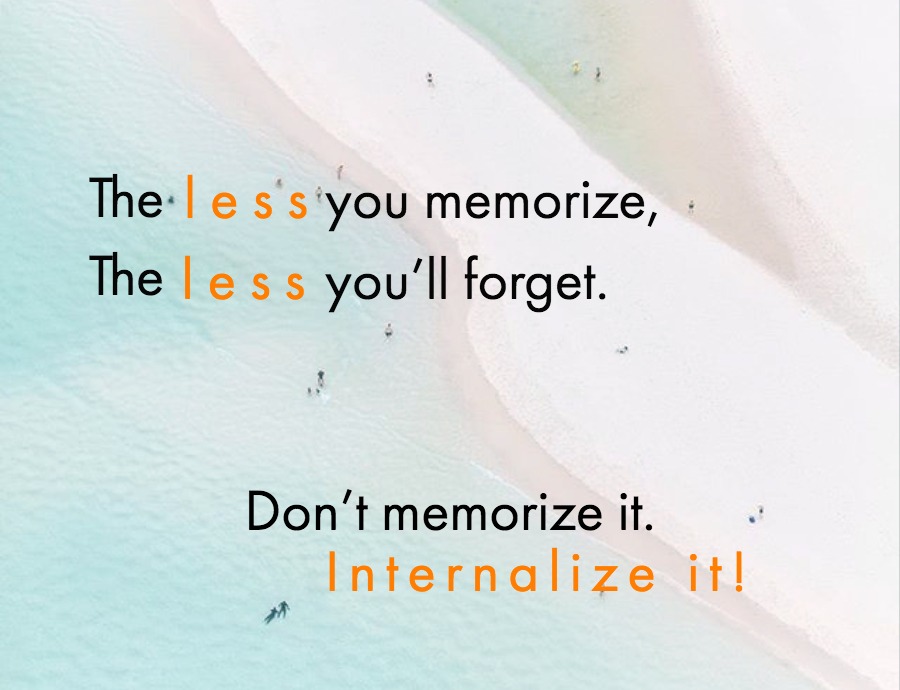Lectures move fast. Professors present an enormous amount of information in a very short time, and it’s your job to keep up, keep track, and create meaningful notes that you can use to work with and study from later. This is no small task. Students have developed many different strategies over the years, and it’s your job now to find the one that works for you.
One very popular strategy is called the Cornell Note Taking method, and it was developed by education professor Walter Pauk at Cornell University. Here’s how it works.
Prepare your paper.
Take notes.
Work with your notes.
Use the notes to study.
If you’re a linear thinker, and if you’re stressed out by incomplete, then this method might work well for you. The empty summary box at the bottom of the notes might be just the incentive you need to re-read, review, and fill in the blanks.
The key is to find a system that works for you, that allows you to take great notes, to organize them easily, and to work with them later. Play around with techniques until you find one that fits. Ask students and TAs about their strategies. And don’t forget to ask the great tutors at Prep101.
One very popular strategy is called the Cornell Note Taking method, and it was developed by education professor Walter Pauk at Cornell University. Here’s how it works.
Prepare your paper.
- Draw a margin to separate notes from study material. Draw an extra margin 2.5 inches from the left side of the page. You can label the left side “Cues” and label the right side “Note Taking” or “Recording.” (Eventually, as you get used to the method, you can stop labelling the sections.)
- Create a summary section. Draw a second margin 2 inches from the bottom of the page. Label the bottom part of the paper “Summary.”
Take notes.
- Label first. Write the course name, date, and lecture name at the top of the page. Get in the habit of writing this on every sheet of paper. This will make your life so much easier in the long-term: you’ll be able to get organized in a flash, and reviewing and studying later will be much easier as well.
- Record the lecture on the right-hand “Note Taking” section. This is where you actually take notes. At the top of the page, write down the current topic, and try to include only one topic per sheet of paper. Then, as you take notes, try to write down everything written on the board, the most important information discussed, and all important information from slides. Focus on writing down the key words or points, so that you can still pay attention to the lecture. You can fill in the blanks and write out full sentences later. Leave room to do this on your page by leaving multiple lines between key points.
- Write down questions as you go. If you don’t understand a concept, or if you find a topic puzzling, then write down a question and mark it noticeably. You’ll go back to it later, and either answer the question yourself, or get help from someone else.
Work with your notes.
- Fill in the blanks. As soon as possible after the lecture, re-read your notes, finish half-written sentences, and fill in any information that you didn’t get to finish writing.
- Summarize each page of notes in the bottom section. Include only the most important information. Make sure that you write these summaries in your own words.
- Write down questions, either your own questions about the material, or potential test or exam questions, in the left-hand margin. This will help you to think about the material, and to clarify it in your head. Additionally, you’ll use these later as you study.
Use the notes to study.
- As you review for exams, concentrate on the left-hand margin, and the bottom. The bottom section contains only the most important information, and the left-hand margin includes questions that will help you prepare to answer questions on quizzes, tests and exams.
If you’re a linear thinker, and if you’re stressed out by incomplete, then this method might work well for you. The empty summary box at the bottom of the notes might be just the incentive you need to re-read, review, and fill in the blanks.
The key is to find a system that works for you, that allows you to take great notes, to organize them easily, and to work with them later. Play around with techniques until you find one that fits. Ask students and TAs about their strategies. And don’t forget to ask the great tutors at Prep101.








